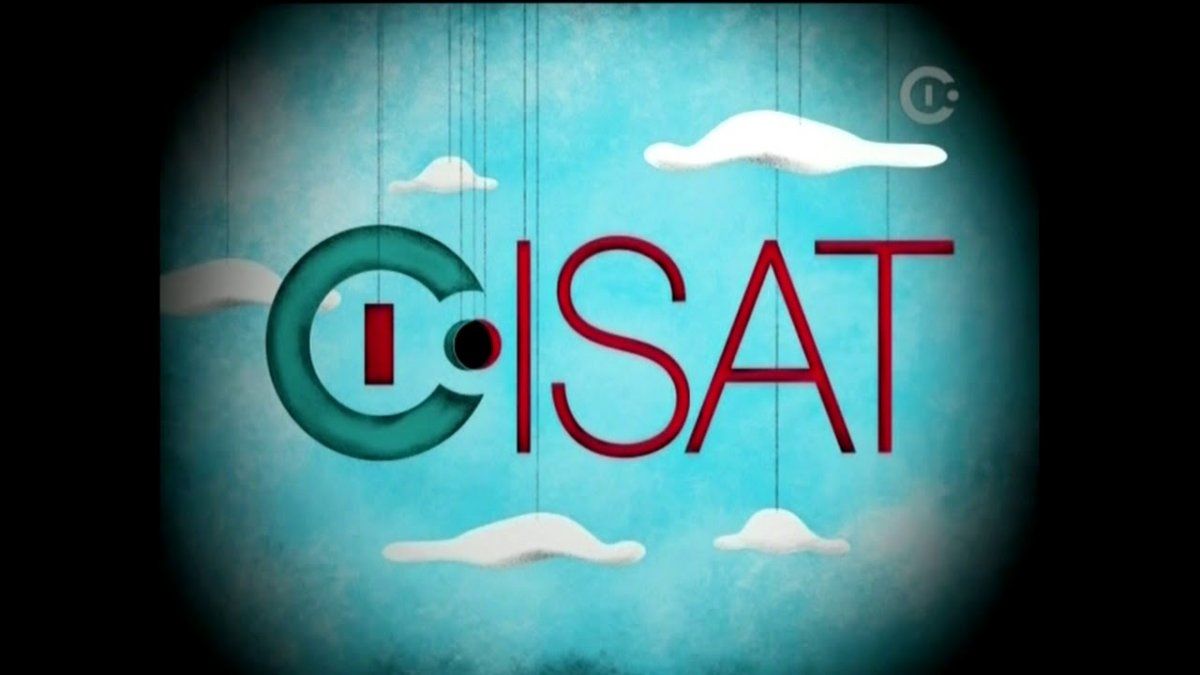I.Satthe cable television channel created in Argentina 30 years ago, currently owned by Warner Bros. Discovery and operated by Warner Bros. Discovery Latin Americawill cease programming on Thursday, February 29, 2024.
Specialized in independent cinema, shorts, documentaries and series, throughout its history it was characterized by having an underground style, focused on author films and series with reference to diversity.
Through a statement published by the operator Liberty Costa Rica, it was confirmed that Warner Bros. Discovery will discontinue both I.Sat like the soap opera channel Glitz.
The story of I.Sat
The channel was launched on April 5, 1993. Its name is due to the acronym of the name of the company that created it: Imagen Satelital, from the Argentine businessman Alberto Gonzalez. In 1997 it was acquired by Cisneros Television Group (which in 2000 would become Claxson Interactive Group when it merged with Ibero American Media Partners and the El Sitio portal).
In 1998 the brand was repositioned by relaunching the channel with a new profile, targeting a young-adult audience and modifying the programming, including cult films, independent films, B films, documentaries, etc. Little by little, this type of programming gained more space until it became the exclusive and predominant content of the channel.
Cine Zeta, Karate Forever, Laiseca, Closeup with Alan Pauls and Sexoramaamong others, were some of the featured segments of the programming.
In October 2007, I.Sat along with a package of 6 other signals belonging to Claxson Interactive Group (Space, Infinito, Retro, Fashion TV, HTV and MuchMusic), were acquired by Turner Broadcasting System, one of the divisions of Time Warner. With this came more changes to the signal: initially a series of series previously broadcast in the region by the Fox network, the reinforcement of the channel’s profile with more British series and international films, the less timid inclusion of animations (with the arrival of the Adult Swim block), and a no less important fact, the distribution of the channel at a pan-regional level, which until now had had a strong presence in the Southern Cone.
Source: Ambito
I am an author and journalist who has worked in the entertainment industry for over a decade. I currently work as a news editor at a major news website, and my focus is on covering the latest trends in entertainment. I also write occasional pieces for other outlets, and have authored two books about the entertainment industry.




